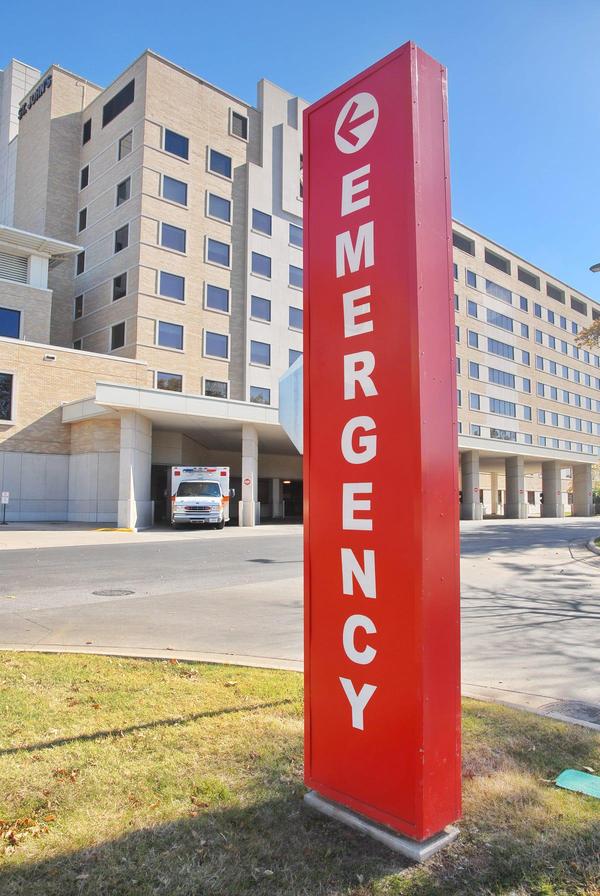No one wants to go to the ER, but if you need to be there, you can also try to have the best experience possible. As an emergency physician certified by the board, perhaps I can help emergency department patients in the future (AKA: each of you) by providing common-sense rules on how one can be a good ER patient.
In a book I wrote for healthcare professionals, changing the way we think about challenging patients: A guide for physicians and healthcare professionals, I discuss how one in five interactions between physicians, nurses, and patients or their families turn sour. Most of the issues start with how physicians and nurses define who is a good patient of the Muslim and what good behavior is.
We have written a guide in our minds that we believe our patients and their families know. In an effort to increase transparency, I have printed and explained my understanding of them here for you.
Many of us have no choice about where or when we are taken to the Emergency Department (ED). Someone at the scene of illness or injury calls 911, local emergency medical personnel start medical care, and you are taken to the nearest or most appropriate emergency department for your problem.
Here are ten rules to become a good patient and get the most benefit from your emergency department experience.
Rule #1: Strive to be a patient of the patient.
The first person you see as a pedestrian is a triage nurse. Triage is a French word meaning sorting, and we need to get important information so we know who needs to come back right now and who can safely wait their turn. This is just the first time you will have to tell your story.
The entire staff is monitored to wait and through time, so it is advantageous for both sides to move a sick or injured person through the system as quickly as possible. You will have to repeat your story one or two more times when being triaged, seen by a doctor, or cared for by a nurse. We want...
